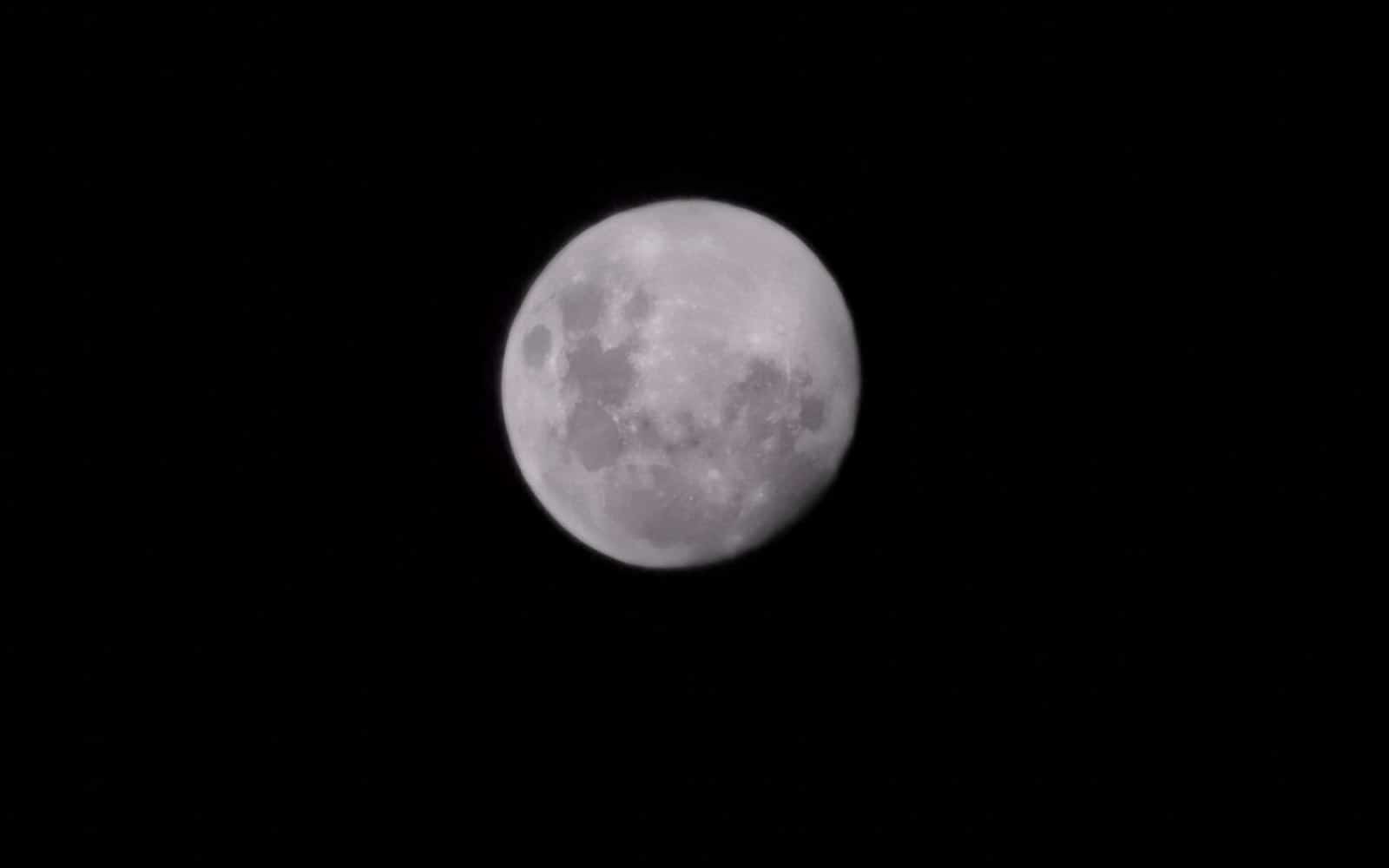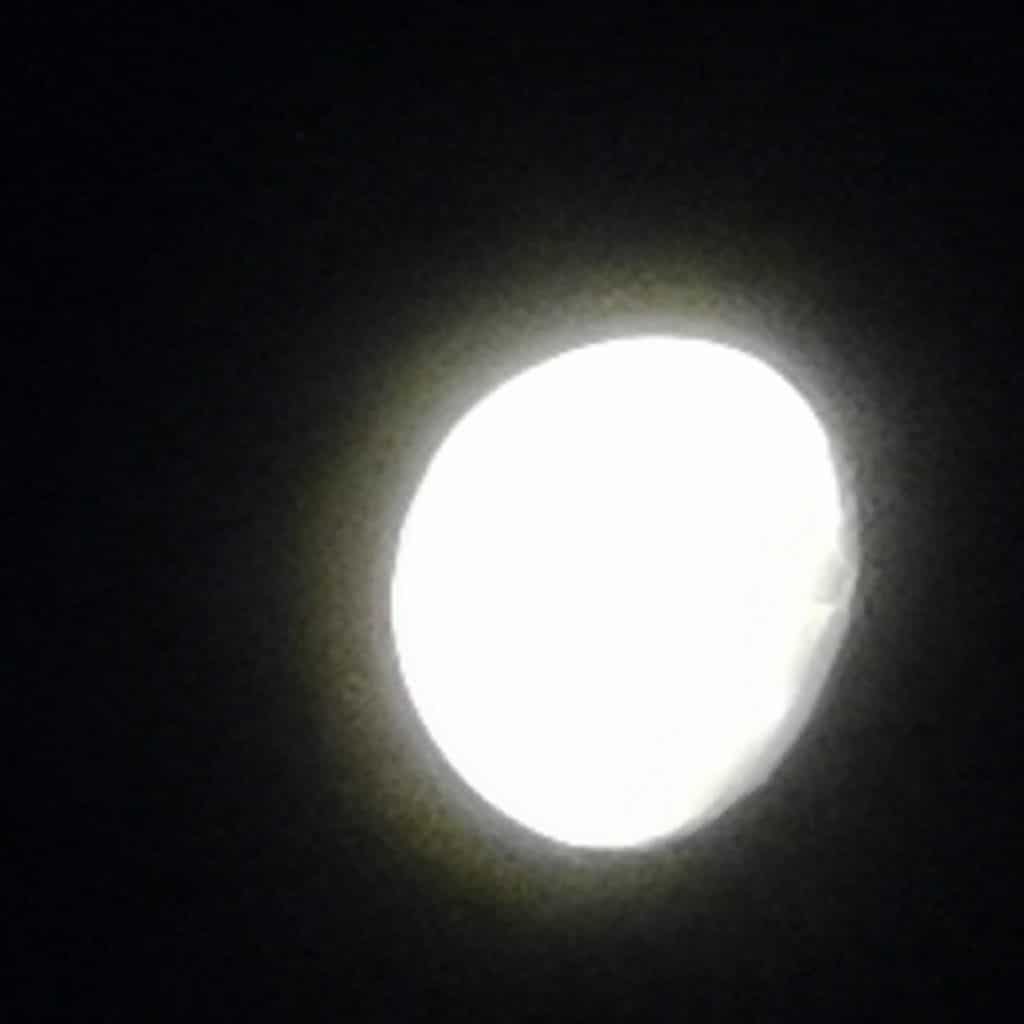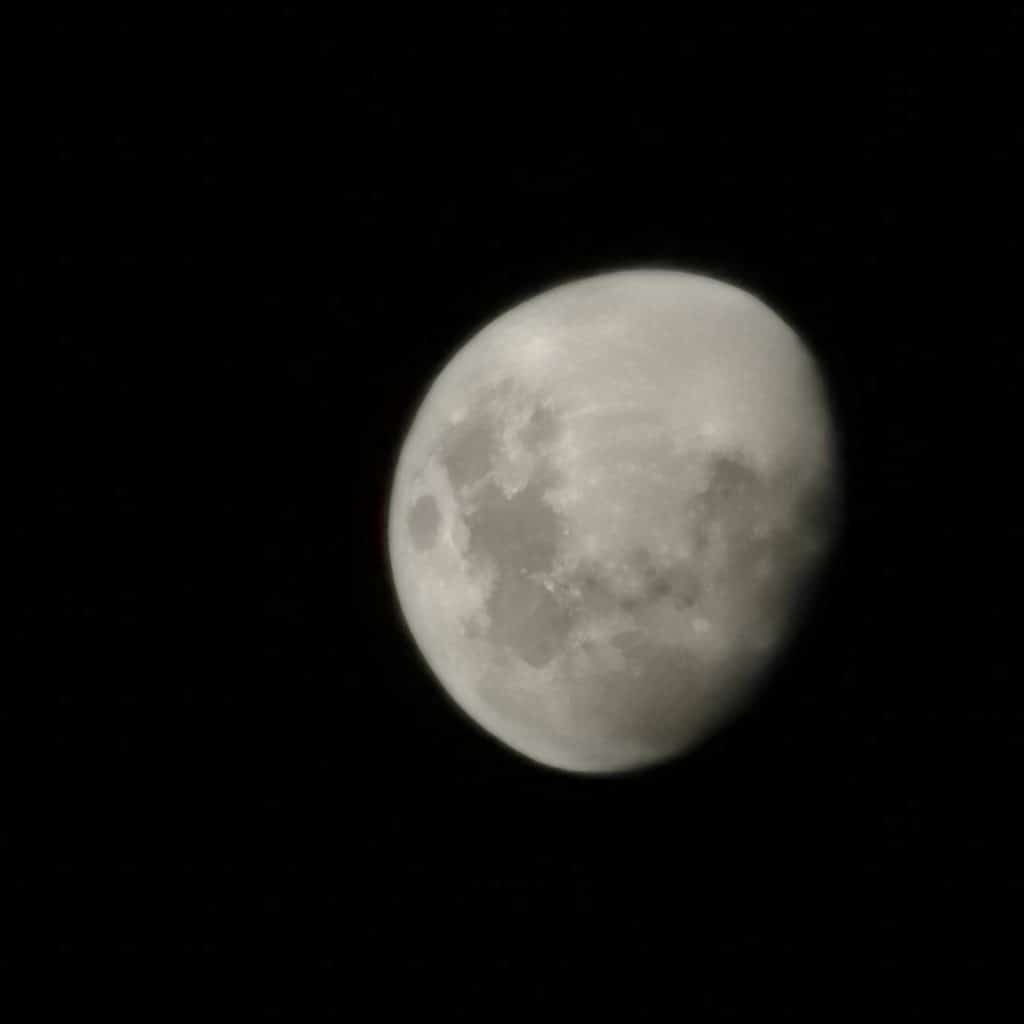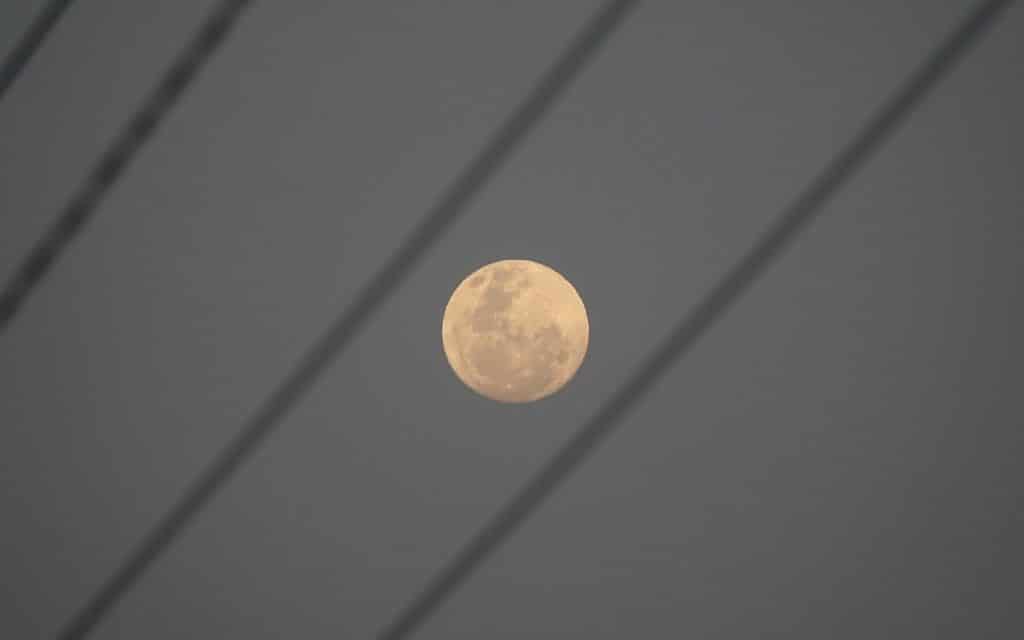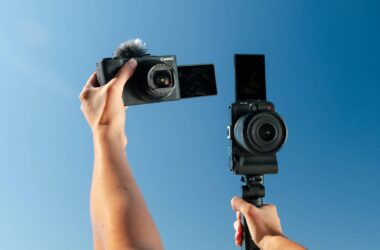The moon is such a distant scene, and such a bright one at that, but you can still take a decent shot if you just know how.
While you might think the moon is too far for you to get a decent shot on your phone, compact, or something with a long zoom lens, the reality is you you can capture the celestial body if you know what to do.
Whether you’re trying to grab a shot during a supermoon or even during a standard micromoon, the moon is more within reach than you might expect, you just have to control that camera a little.
However a supermoon gives you a greater chance to nail a shot because the Moon appears bigger and brighter, and with around two supermoon events per year, plus 13 full moons per year, there are more chances than you may realise it perfect a little bit of astrophotography, even if it’s from your phone.
Set the exposure for the moon, not the sky
One of the first tips you need to know for taking great shots of the moon is how to expose for it. Simply put, you’re photographing the moon, not the night sky, even though the two can be sometimes interchanged, so you need to expose for the moon.
On a phone, that means touching the moon, while a proper camera will likely mean setting the focus point on the moon.
Doing that will set the shot to expose for the brightness of the moon, and that’s important because the moon is a whole lot brighter than you think.
The Moon is brighter than you think, so lower the brightness
A camera sees things differently from the way you do, even though a lens is built to recreate how the eye works. You have control over your eye, though, and the camera has some understanding of how to balance light, yet it might not be as good as your eye in all scenes.
An example of this is with the moon. It’s a bright object way off in the distance, but if you give your eyes a few seconds to adjust, you’ll see the craters on the surface fairly easily.
A camera doesn’t always achieve this, and when you train a camera on the Moon, it may instead deal with the brightness by keeping it way up, missing the detail that sits on top.
To get a phone or camera working this out, you’ll want to lower the brightness of the scene, decreasing the exposure. On a phone, this is typically just sliding down the brightness slider and lowering the brightness of the scene, but on a real camera, you’ll want to increase the shutter speed. Alternatively, you can increase the aperture, but because the moon is so far off, you may not have the “depth” that the aperture can assist with, so increasing the shutter speed may make more sense.
Ultimately, you’ll want to play around, but most pictures of the moon don’t need a lot of depth because they’re off in the distance. The moon is high in the sky, and that’s where we capture it, but it doesn’t have to be.
Know your reach
We’re not going to get caught up in the specifics of zoom, but if you’re trying to get a decent shot of the Moon when it’s not massive in the sky, you may need some zoom. That’s why it’s handy to know the reach of the camera you’re working with.
If you have a phone or camera with zoom — such as the iPhone 11 Pro Max, the Huawei P30 Pro, or even any of the models in the Samsung Galaxy S20 range — you may be able to get close enough to capture the moon in the sky, though depending on the model, you may want to expect a degree of pixelation.
If you have a phone with no zoom lens, you still may be able to get a decent shot during a supermoon simply because of the massive size.
Overall, it’s important to know the reach you have available to you, and think about that. If you pull out a wide angle phone camera during a regular full moon and try to get close, there’s a good chance your phone is just going to see a dot of white, and that’s hard to deal with. A supermoon gives you more control, though, and changes the boundaries of composition.
Try to position something else in the shot
While a picture of the moon is lovely by itself, it can really stand out if you position objects in front of it, or even scenes around it.
A building with the Moon behind it, or people lit up by the moon. In these instances, you’ll want to play with the aperture on a proper camera, or set the target on your phone for where the light is most important. Your subject might be lit by the moon, at which point you’ll be focusing on something other than the craters, and using the brightness of that big bright ball in the sky that comes out at night.
If you’re using a camera or a phone with depth control or support for aperture, you might want to play with that setting to add more information, such as bringing those detail lines back in the shot.
If you can’t get the shot, there’s plenty of opportunity
While this week offers up a supermoon in reach of Australia, even if you miss it, that doesn’t have to be the end of your moon-based astrophotography experience.
The moon comes out nightly and is visible most of the time, except say for when we have a new moon and the sky is slightly darker than normal.
That means, however, that there’s more opportunity to capture the moon, even if it’s not always stupendously big as what a night of the supermoon can deliver. And that means you can always look to capturing the moon regardless of whether it’s occupying a larger position in the night sky, or whether it’s a little higher up altogether.



